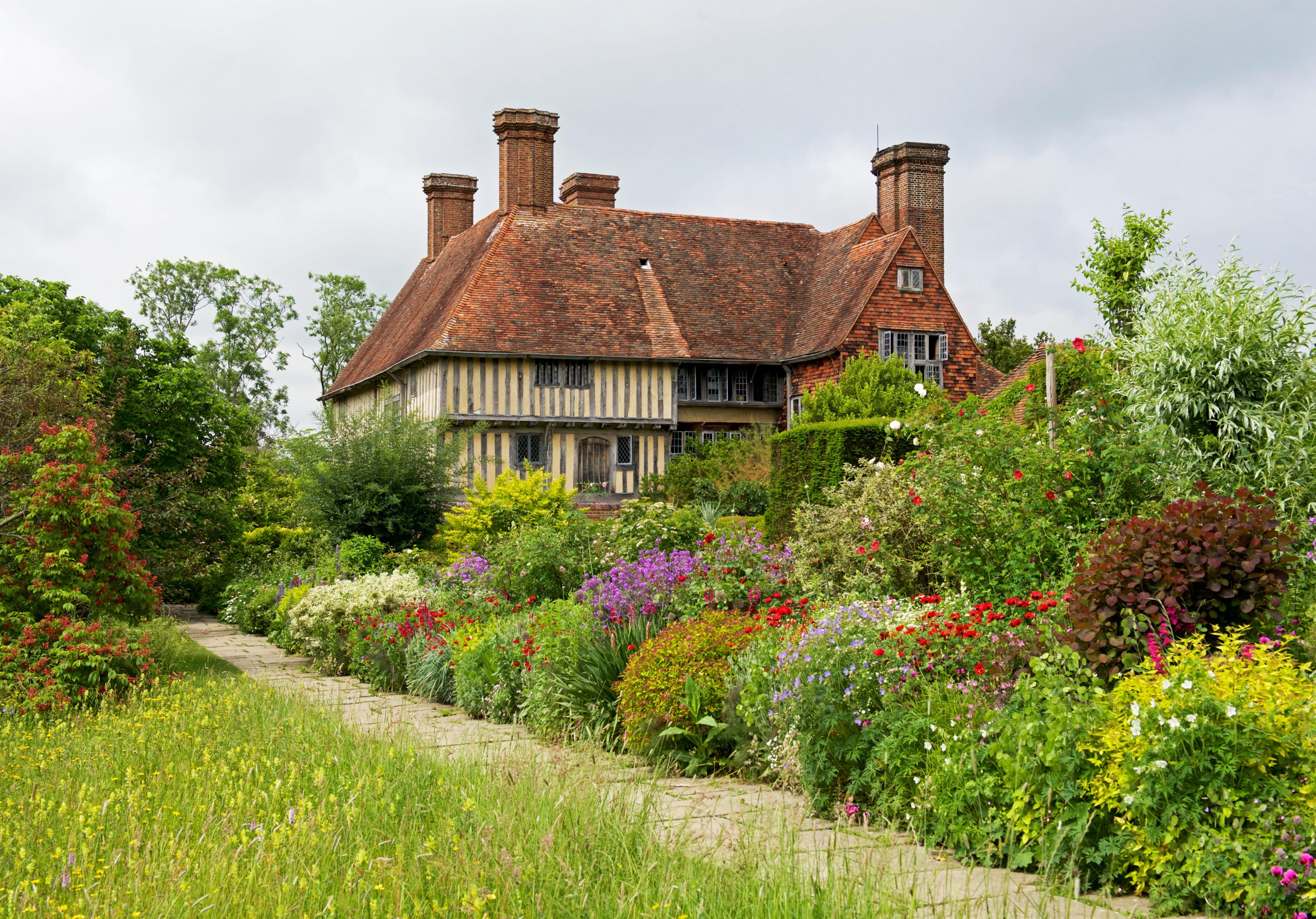Why gardens can be a biodiversity resource
Gardens such as Great Dixter have proved that active management can produce not only great colour, but also richness of biodiversity, says Noel Kingsbury.


Gardeners and ecologists have generally not seen eye to eye, with the latter tending to discount gardens as too artificial, too disturbed and not ‘real Nature’. In turn, horticulture and landscape people often feel misunderstood by ecologists.
If the experience of Fergus Garrett, head gardener at Great Dixter is anything to go by, however, there may well be change on the way.
Some years ago, wanting to do more for wildlife and diversity in the garden, Mr Garrett invited various specialists to come and see what species they could find. Unfortunately, they didn’t accept the invitation, because, they claimed, gardens hadn’t given them good results in the past.
Undeterred, Mr Garrett hit upon the ruse of inviting the British Arachnological Society, which records spider populations, to a meeting in the magnificent half-timbered hall at Great Dixter, suggesting that perhaps, as the members were enjoying Dixter’s hospitality, they might like to have a look around the garden.
The results were impressive and swift: ‘They came and had their meeting,’ Mr Garrett recalls, ‘and then they headed into the garden and straight to the compost heap, where they found something like 70 different species.
‘They went off elsewhere and found a jumping spider that had only been recorded half a dozen times in the UK and then they discovered a spider that had not been recorded in Sussex since 1910.’
It did not take much to persuade them to come back and do a full survey. That initial contact with the ‘spider people’ has resulted in what is potentially a sea-change in the way we see gardens as habitats.
Exquisite houses, the beauty of Nature, and how to get the most from your life, straight to your inbox.
With a grant from the Heritage Lottery Fund, Great Dixter launched a major survey of the garden and the 30 acres of its estate.
Over two years, starting in 2017, specialists were brought in from many different areas to look at mosses, lichens, liverworts, hoverflies, bees— everything.
To ensure their recordings were co-ordinated, they all reported to Andy Phillips of the British Arachnological Society.
The results surprised everybody, Mr Garrett included: ‘They found that we have really rare species—for example, a thriving population of long-horned bees, Eucera longicornis.’
Bedding out is not necessarily detrimental and may even add to diversity
One might expect the countryside to feed into the garden, but the survey showed that it works the other way as well.
The diversity of habitats and the densely layered planting in a garden mimics what happens in the wild, so, when resources in the wild dry up, wildlife will find succour in gardens.
Great Dixter is, famously, a very actively managed garden with, for example, tulips or bedding plants going in and being dug up a few months later. It is not a low-maintenance, naturalistic garden. However, the biodiversity surveyors felt that the dynamic element was important.
My own observation of the garden is that there is, indeed, a lot of digging and disturbance, but that this happens around the permanent shrubby and perennial planting and that there is a high tolerance, even encouragement, of self-seeding, which requires areas to be left alone.
It is well established in plant ecology that occasional disturbance is good for diversity, as it creates opportunities for regeneration, particularly of shorter-lived species.
Many invertebrates probably benefit, too. It all adds up to a complex tapestry of microhabitats.
‘We have 40% of British bee species,’ Mr Garrett reports, triumphantly, ‘and, indeed, the bee specialists recommended that we take our honeybees away because they are aggressive and squeeze out the solitary bees.’ It is, Mr Phillips says, an extraordinarily rich site.
Surveys and the publicity they generate are an important part of getting a message across that gardens can be a major biodiversity resource. This much is now well established.
What was qualitatively different about the Great Dixter survey was that it showed exactly how many conventional garden practices, such as bedding out, are not necessarily, in a suitable context, detrimental, and that they may even add to diversity.
That the garden is full of non-native garden plants that provide nectar and food resources at times when wildflowers have more or less finished (such as late summer) also appears to be a huge positive.
One of our most loved British gardens now looks forward to a new reincarnation as a biodiversity preserve, a place to appreciate how a dense network of living things can flourish in what is an almost entirely ‘artificial’ environment.
Country Life is unlike any other magazine: the only glossy weekly on the newsstand and the only magazine that has been guest-edited by His Majesty The King not once, but twice. It is a celebration of modern rural life and all its diverse joys and pleasures — that was first published in Queen Victoria's Diamond Jubilee year. Our eclectic mixture of witty and informative content — from the most up-to-date property news and commentary and a coveted glimpse inside some of the UK's best houses and gardens, to gardening, the arts and interior design, written by experts in their field — still cannot be found in print or online, anywhere else.
